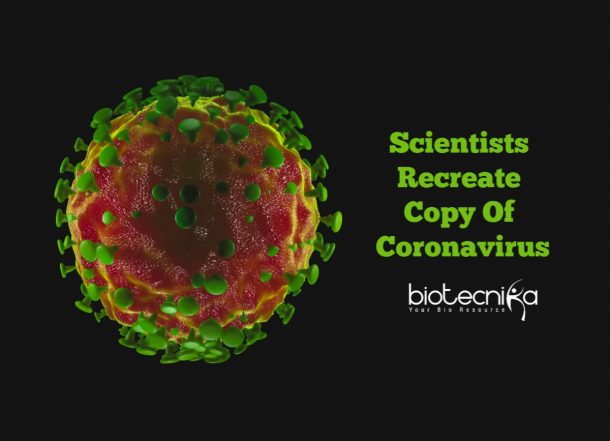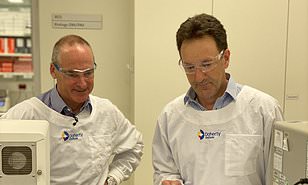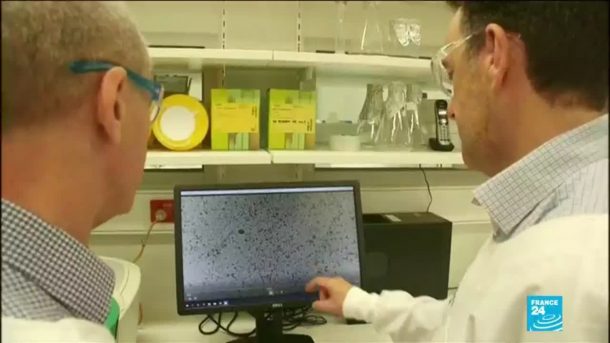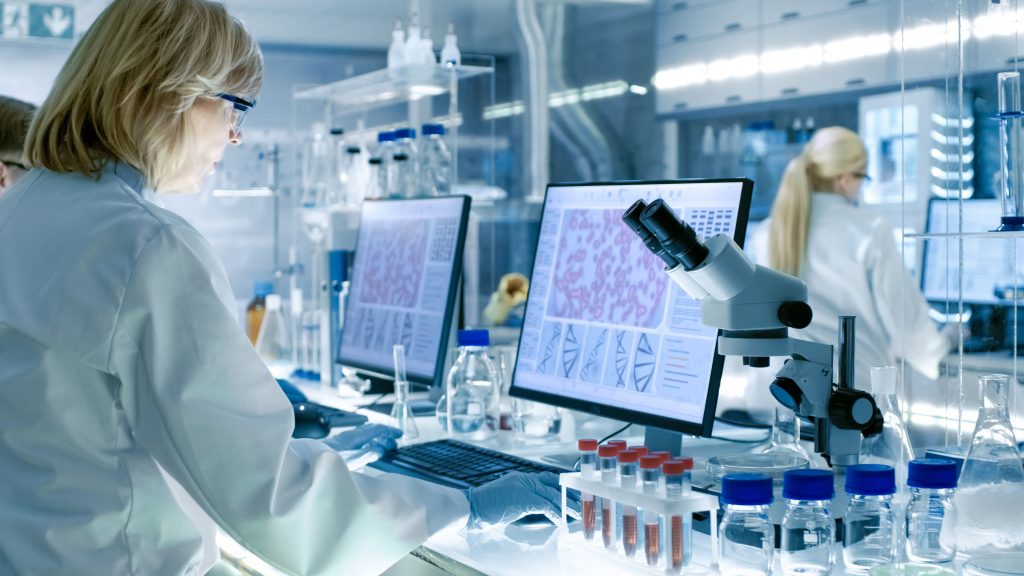Australia marks to be the first outside China, which has successfully created a lab-made version of Coronavirus to fight against the disease. As the world joins hands to control the rapidly spreading epidemic, each little effort can be of great value. Turning the tables for the benefit of mankind, the lab-grown species can now be used for early detection of Coronavirus and the development of suitable vaccines.

The credit is crowned by a team at Melbourne’s Peter Doherty Institute for Infection and Immunity. The results are intended to be shared with the World Health Organization (WHO) that will be responsible for further measures in spreading it across borders.

The researchers carried the study from extracting the virus from an infected patient. The patient was present at the time the team had grown the virus successfully. A member of the study was Mike Catton, co-deputy director at Doherty Institute, and his first words caught were, “We got it, “Fantastic.”
He added that the milestone achieved was critically a need of the hour and was ‘vitally important’. The species can be used to test all vaccines and medications being developed for the control of the epidemic. It will assist doctors in the early diagnosis of Coronavirus, long before the symptoms actually start appearing on the patient. This further will help out in early medication.
At present, the only lab that provides an authentic diagnosis of the virus is the Doherty Institute. All samples are forwarded here, as the results are guaranteed to be true. But following the discovery, improvements on the matter are in-lane.

Supporting Dr. Catton, during the time of discovery, Julian Druce, lead scientist at Doherty Insitute said, “This will be a game-changer for other labs within Australia,” The studies will prove to be torchbearers for all those involved in similar efforts. The lab in China, which was the first one in developing the virus, shared the genetic sequence images which also helped others get a deeper insight.

Dr. Druce vouches for the efforts the institute has been doing in getting insights into the disease. He says,
“It’s been 10-12 hour days, 2:00 am finishes; so it’s been pretty full-on,”
“We’ve designed and planned for an exercise like this for many years. This is what the Doherty Institute was built for.
“And that’s really why we’re able to get an answer from Friday to [Wednesday of] diagnosis, detection, sequencing, and isolation.”


